Home>Ideas and Tips>Phantom Noises Silencing Squeaky Floors
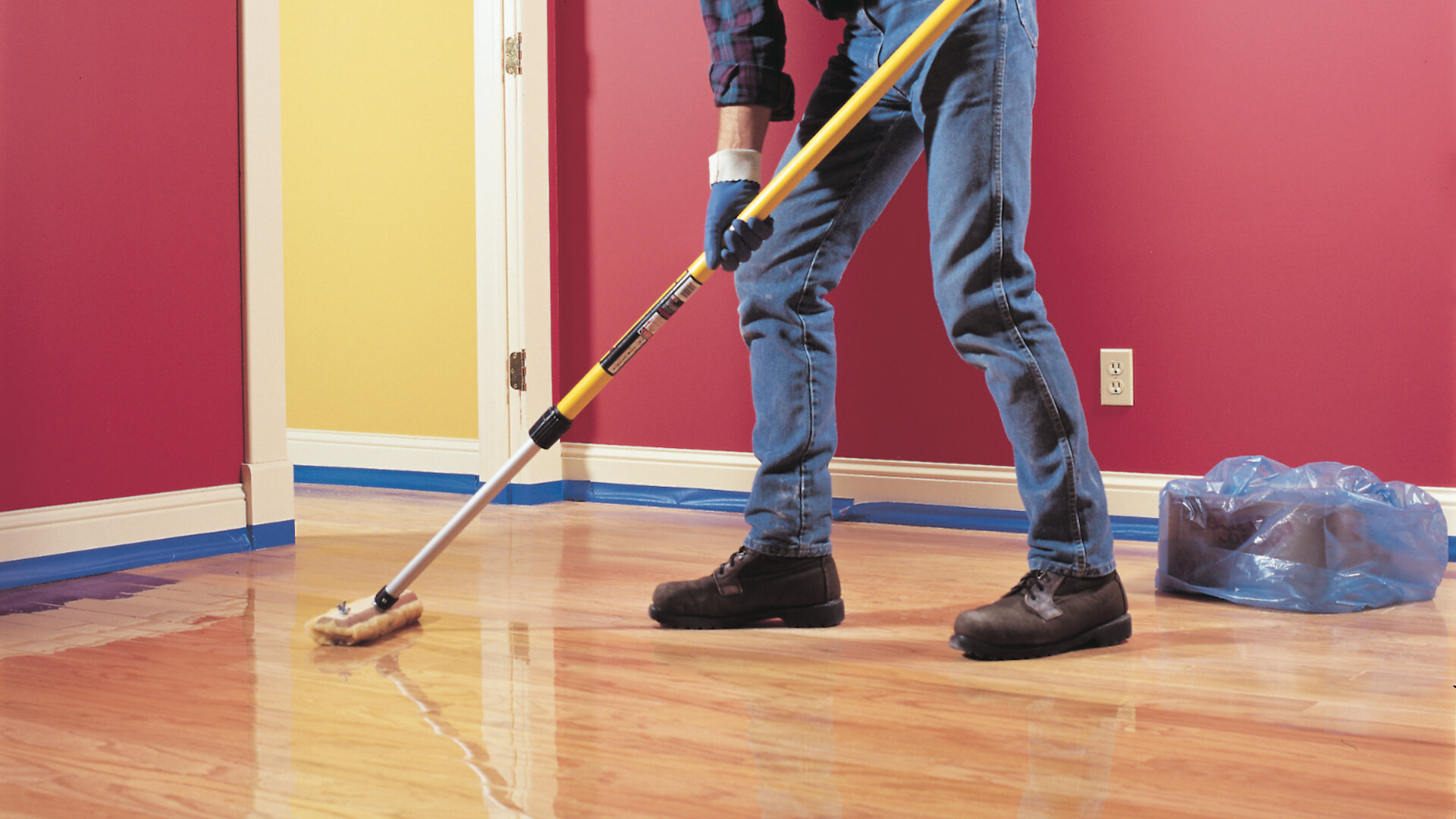

Ideas and Tips
Phantom Noises Silencing Squeaky Floors
Published: October 20, 2024
Discover effective DIY and professional solutions to silence squeaky floors and maintain a peaceful home environment. Learn how to identify and fix the causes.
(Many of the links in this article redirect to a specific reviewed product. Your purchase of these products through affiliate links helps to generate commission for Storables.com, at no extra cost. Learn more)
Squeaky floors can be a persistent and frustrating issue in any home, disrupting the peace and quiet that homeowners strive for. These noises are often caused by mechanical movements within the flooring system, such as wood rubbing against wood or nails vibrating against the subfloor. In this article, we will delve into the causes of squeaky floors, explore various methods for silencing them, and provide detailed DIY and professional solutions to help you achieve a quieter living space.
Understanding the Causes of Squeaky Floors
Squeaky floors are typically the result of mechanical friction between different components of the flooring system. Here are some common causes:
-
Wood Movement: Hardwood floors are made from natural wood, which expands and contracts with changes in temperature and humidity. This movement can cause the floorboards to rub against each other, leading to squeaks.
-
Subfloor Deflection: An uneven subfloor can create empty spaces between itself and the top floor, allowing for more movement and noise.
-
Loose Fasteners: Over time, nails or screws can loosen, causing the floorboards to shift and create friction noises.
-
Joist Issues: Problems with the joists, such as loose or warped joists, can lead to a loose subfloor that results in unwanted noise.
-
Environmental Factors: Seasonal changes in humidity can also contribute to squeaky floors as wood expands and contracts.
Identifying the Source of Squeaky Floors
Before attempting any repairs, it's crucial to identify the exact source of the squeak. Here are some steps you can take:
-
Walk the Floor: Walk across the floor to pinpoint the exact location of the squeak. This will help you determine if it's coming from a specific board or an area between joists.
-
Visual Inspection: If possible, inspect the subfloor and joists from below to see if there are any visible signs of movement or damage.
-
Check for Moisture: Ensure that there is no excess moisture in the subfloor, as this can cause the wood to swell and create more friction.
DIY Solutions for Silencing Squeaky Floors
While some squeaky floor issues may require professional attention, many can be addressed with simple DIY solutions. Here are some methods you can try:
1. Lubrication
One of the simplest methods to silence squeaky floors is lubrication. Apply a small amount of lubricant, such as WD-40 or silicone spray, directly to the squeaky area. This can help reduce friction between the moving parts.
2. Talcum Powder
Historically, talcum powder was used to silence squeaks by reducing friction. However, due to health concerns associated with talcum powder, it is no longer recommended.
Read more: How To Fix Squeaky Floors
3. Shims
For minor problems, a simple wood shim can be used to eliminate squeaks caused by movement between joists and the subfloor. Tap shims lightly into the gaps between the joists of the subfloor. Be careful not to drive them in too hard, as this could separate the subfloor from the joists further.
4. Nail or Screw Board Down
If you can access the subfloor, you can try nailing or screwing down loose boards directly into the joists. This will stabilize the floor and reduce movement.
5. Construction Adhesive
Using construction adhesive during construction can significantly reduce squeaks in subfloors by reinforcing and lengthening the life of the repair.
Professional Solutions for Silencing Squeaky Floors
While DIY solutions can be effective for minor issues, more severe problems may require professional intervention. Here are some professional solutions:
Read more: How To Silence Ring Doorbell
1. Squeak No More Kits
Squeak No More kits are specialized tools designed to silence squeaks by counter-sinking board repair kits into place. These kits are particularly useful for hardwood floors where traditional methods may not be effective.
2. DriTac Adhesive Repair Kits
DriTac adhesive repair kits are another professional solution that involves applying specialized adhesives to the subfloor to reinforce it and eliminate squeaks.
3. Board Replacement
In some cases, the best solution is to replace the affected board entirely. This is especially true if the board is damaged beyond repair or if other methods have failed to silence the squeak.
Preventive Measures to Maintain Quiet Floors
Preventing squeaky floors from occurring in the first place is often easier than fixing them after they've developed. Here are some preventive measures you can take:
-
Regular Maintenance: Regularly inspect your floors for signs of wear and tear. Address any issues promptly to prevent them from becoming major problems.
-
Humidity Control: Maintain a relative humidity level between 35% and 55% in your home to minimize seasonal movement of wood floors.
-
Proper Installation: Ensure that your floors are installed correctly with proper subfloor preparation and adequate fastening.
-
Floor Care: Regularly clean and maintain your floors according to the manufacturer's instructions. Avoid using harsh chemicals that could damage the finish or underlying wood.
Read more: How To Fix A Squeaky Door
Conclusion
Squeaky floors can be a significant nuisance in any home, but they are often easy to fix with the right approach. By understanding the causes of these noises and using either DIY or professional solutions, homeowners can achieve a quieter living space. Remember to always identify the source of the squeak before attempting any repairs, and consider preventive measures to maintain your floors over time.
Whether you're dealing with a minor issue that can be addressed with a simple shim or a more complex problem requiring specialized tools and expertise, silencing squeaky floors is within your reach. With patience, persistence, and the right knowledge, you can transform your home into a peaceful sanctuary where every step feels like walking on solid ground.
Additional Tips for Homeowners
- Consult Professionals: If you're unsure about how to proceed with repairs or if the issue persists despite your best efforts, consult a professional contractor or flooring expert.
- Document Issues: Keep a record of any repairs you've made and the methods you've tried. This can be helpful if you need to refer back to previous attempts or if you decide to sell your home in the future.
- Consider Seasonal Adjustments: Be aware that seasonal changes in humidity can affect your floors. Adjust your home's environment accordingly to minimize these effects.
By following these steps and tips, you'll be well-equipped to tackle any squeaky floor issues that arise in your home, ensuring that your living space remains peaceful and serene for years to come.
Was this page helpful?
At Storables.com, we guarantee accurate and reliable information. Our content, validated by Expert Board Contributors, is crafted following stringent Editorial Policies. We're committed to providing you with well-researched, expert-backed insights for all your informational needs.
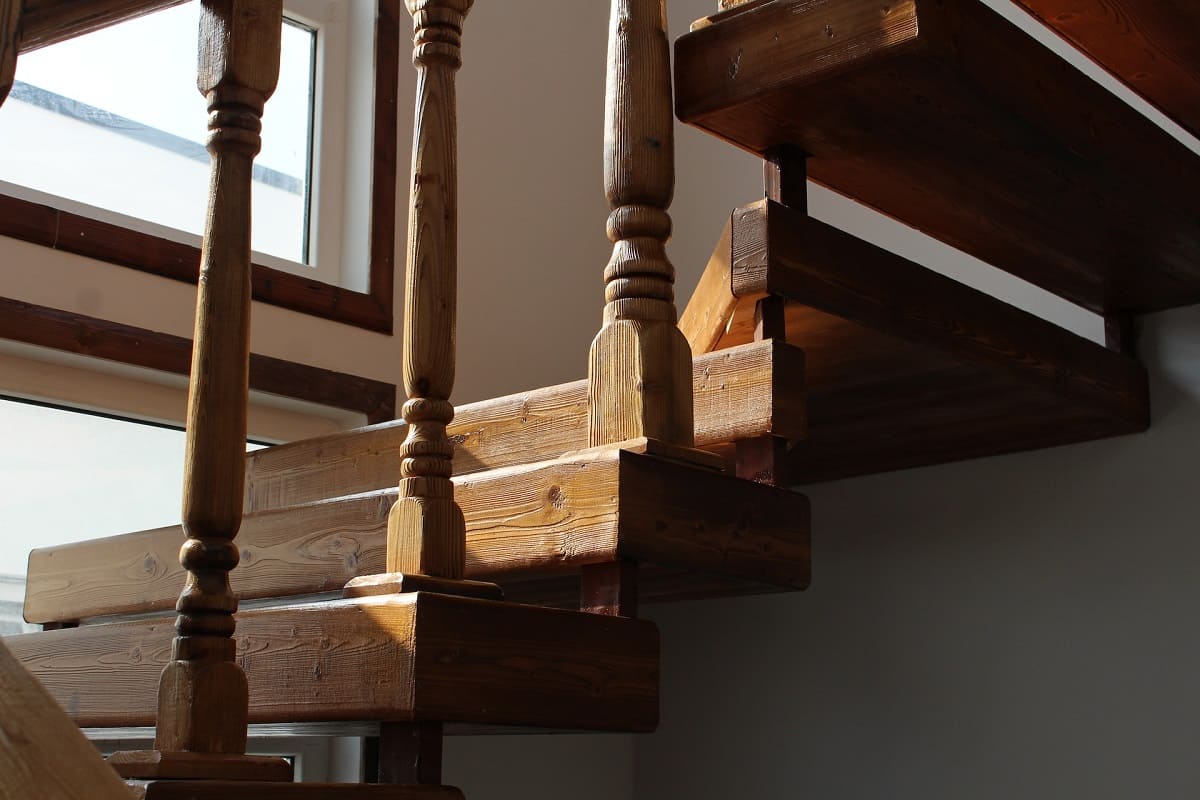
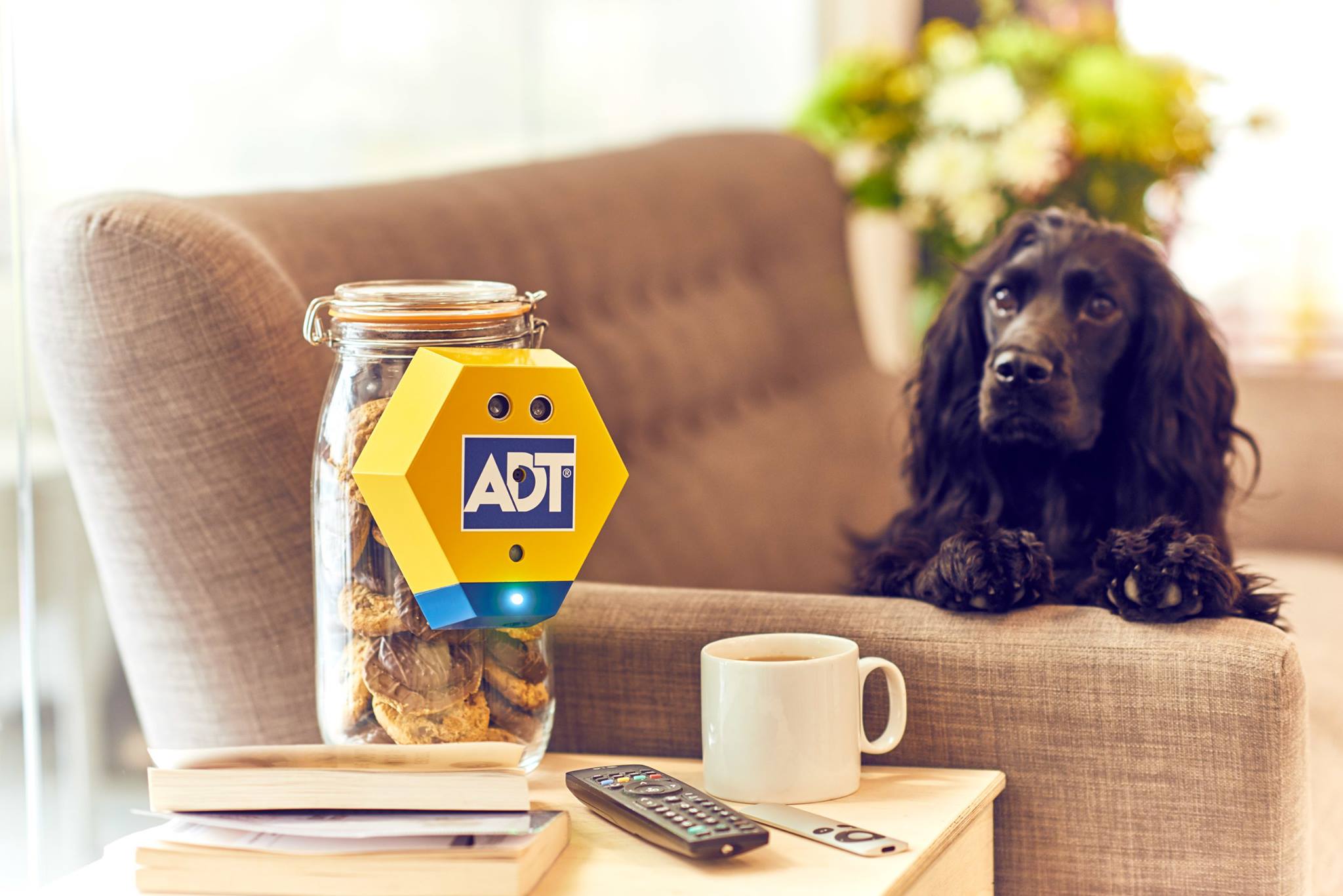
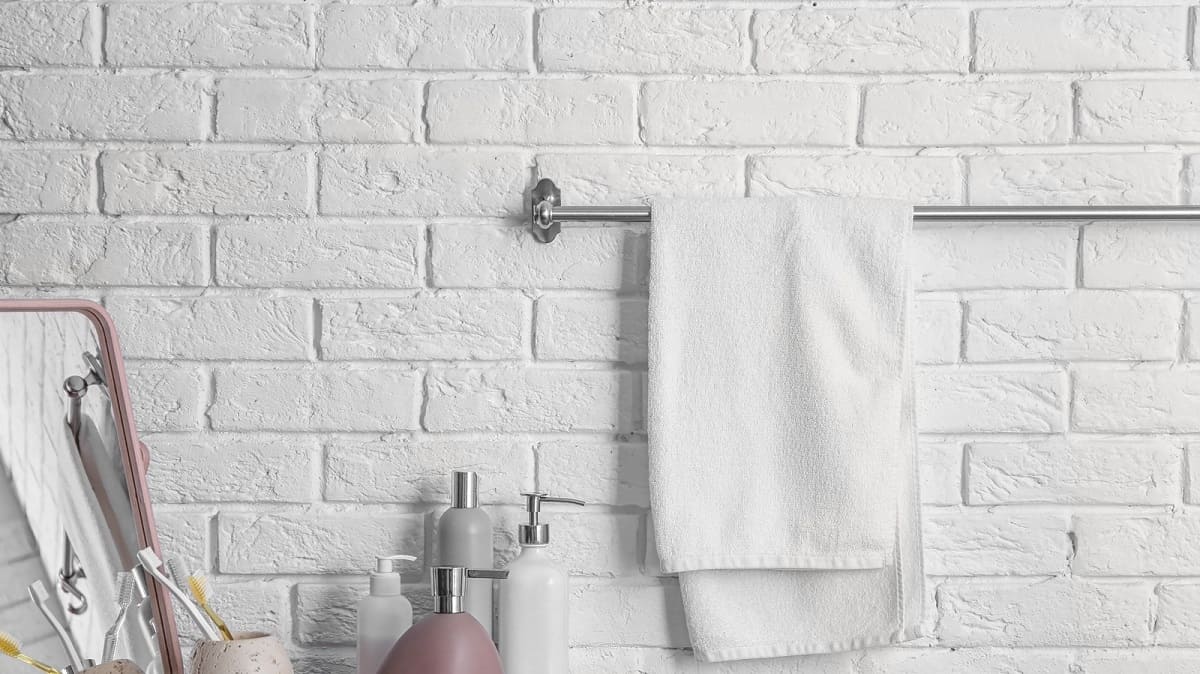
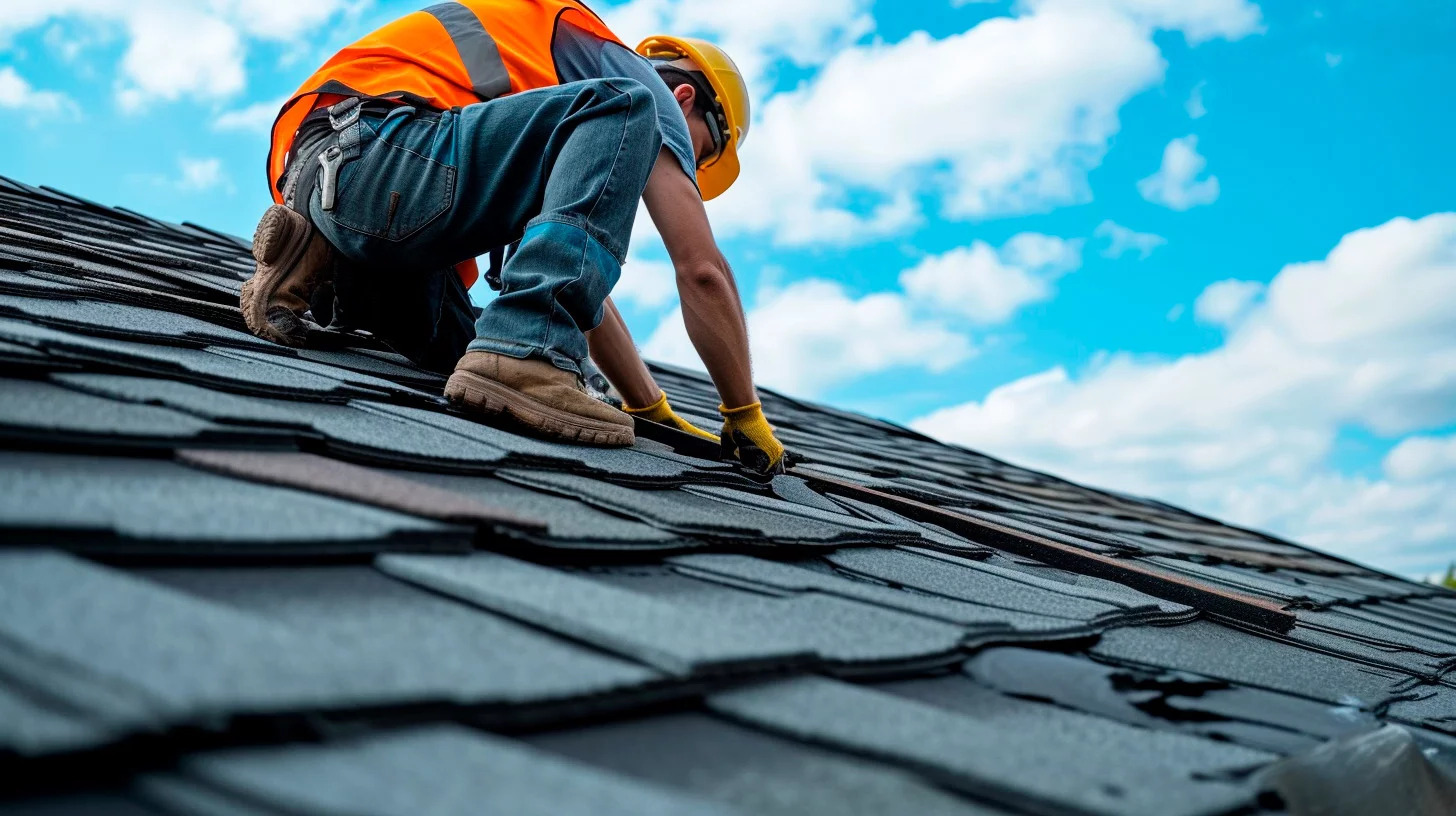
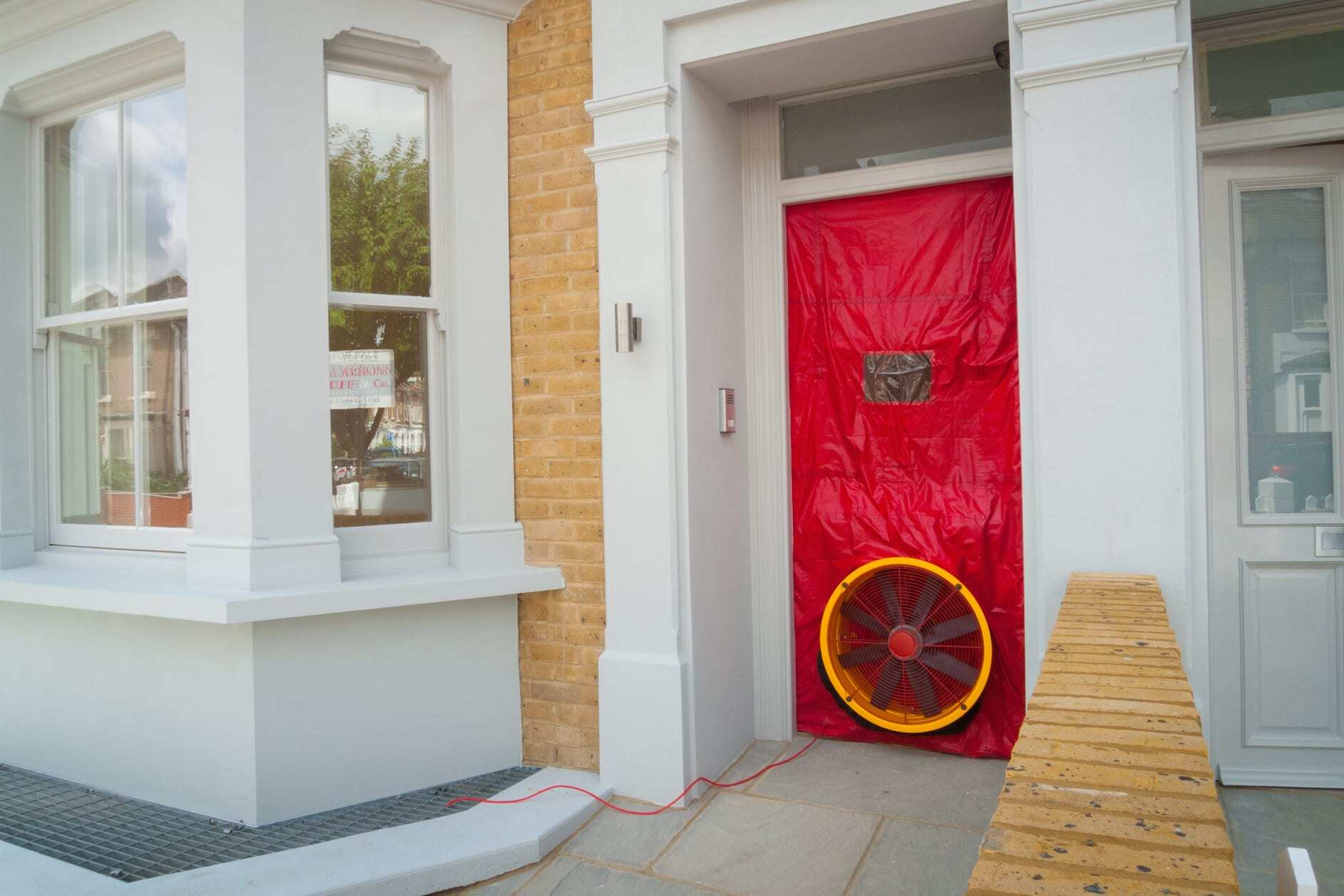
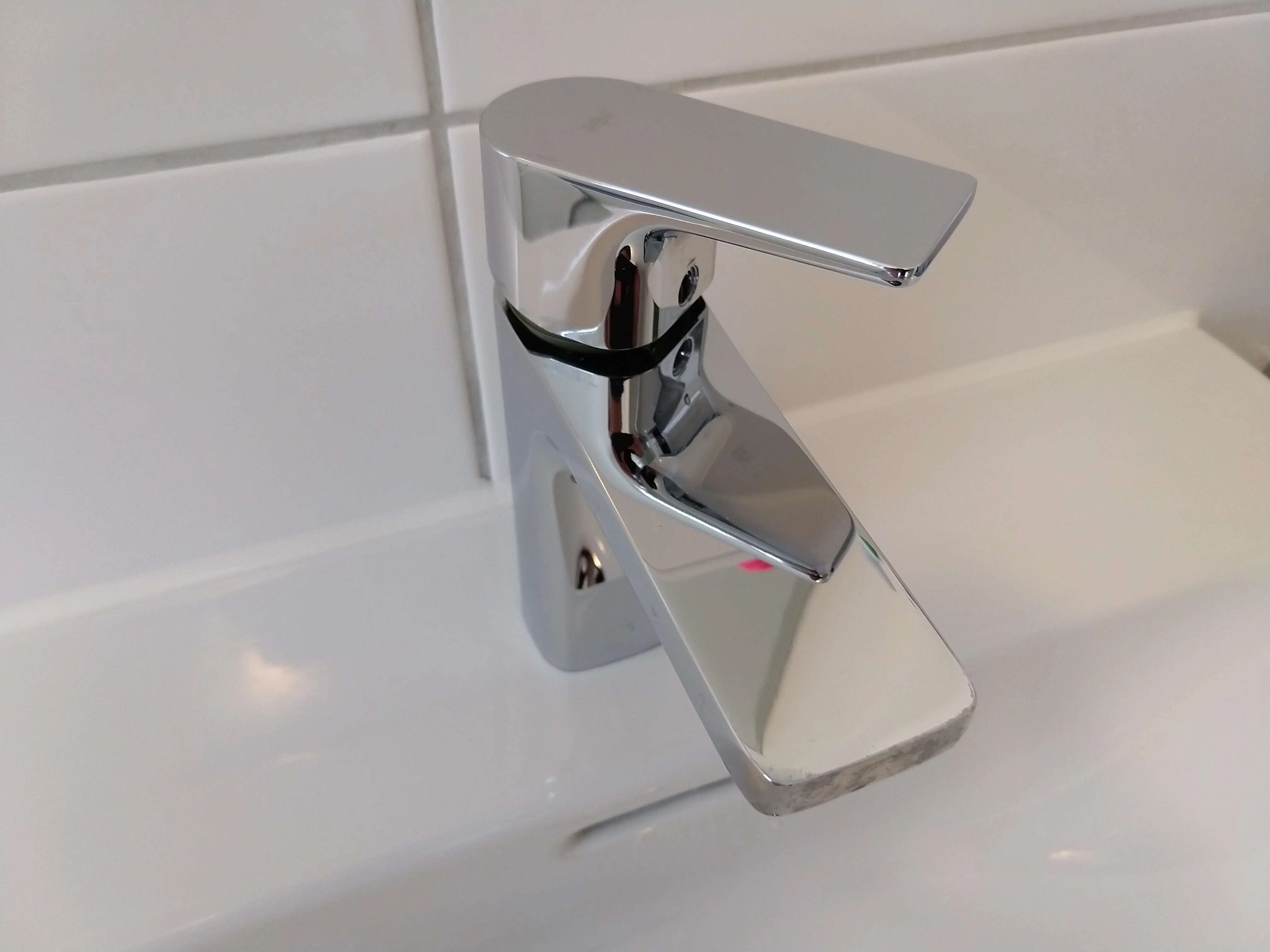
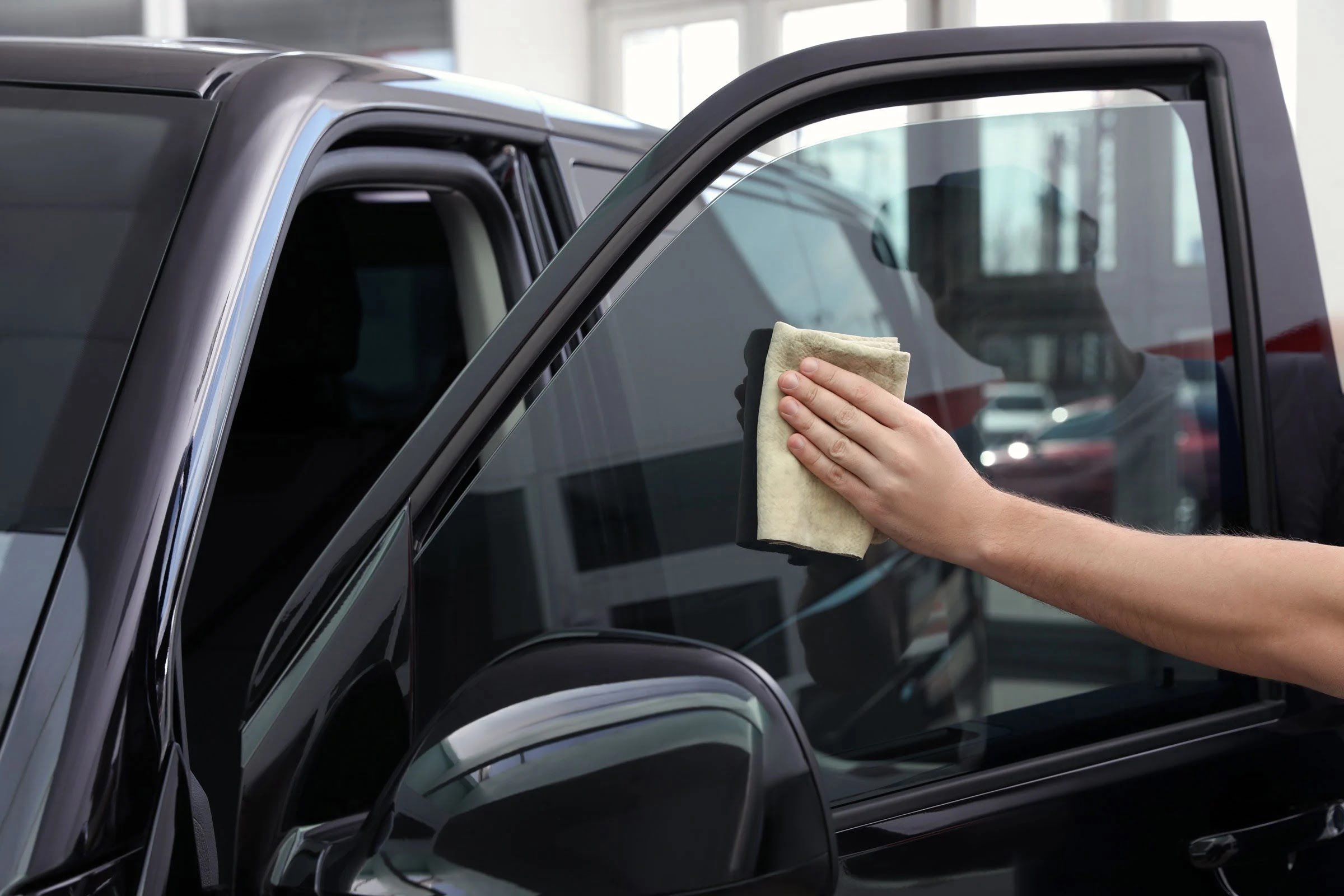
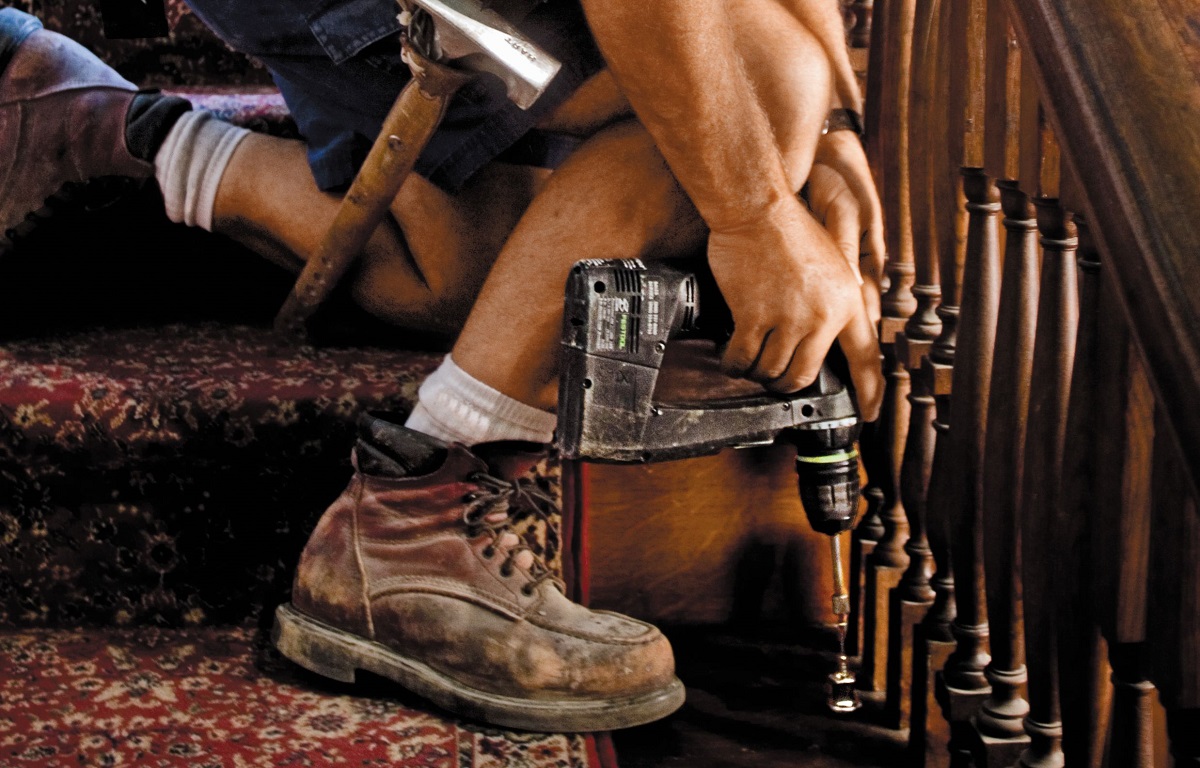
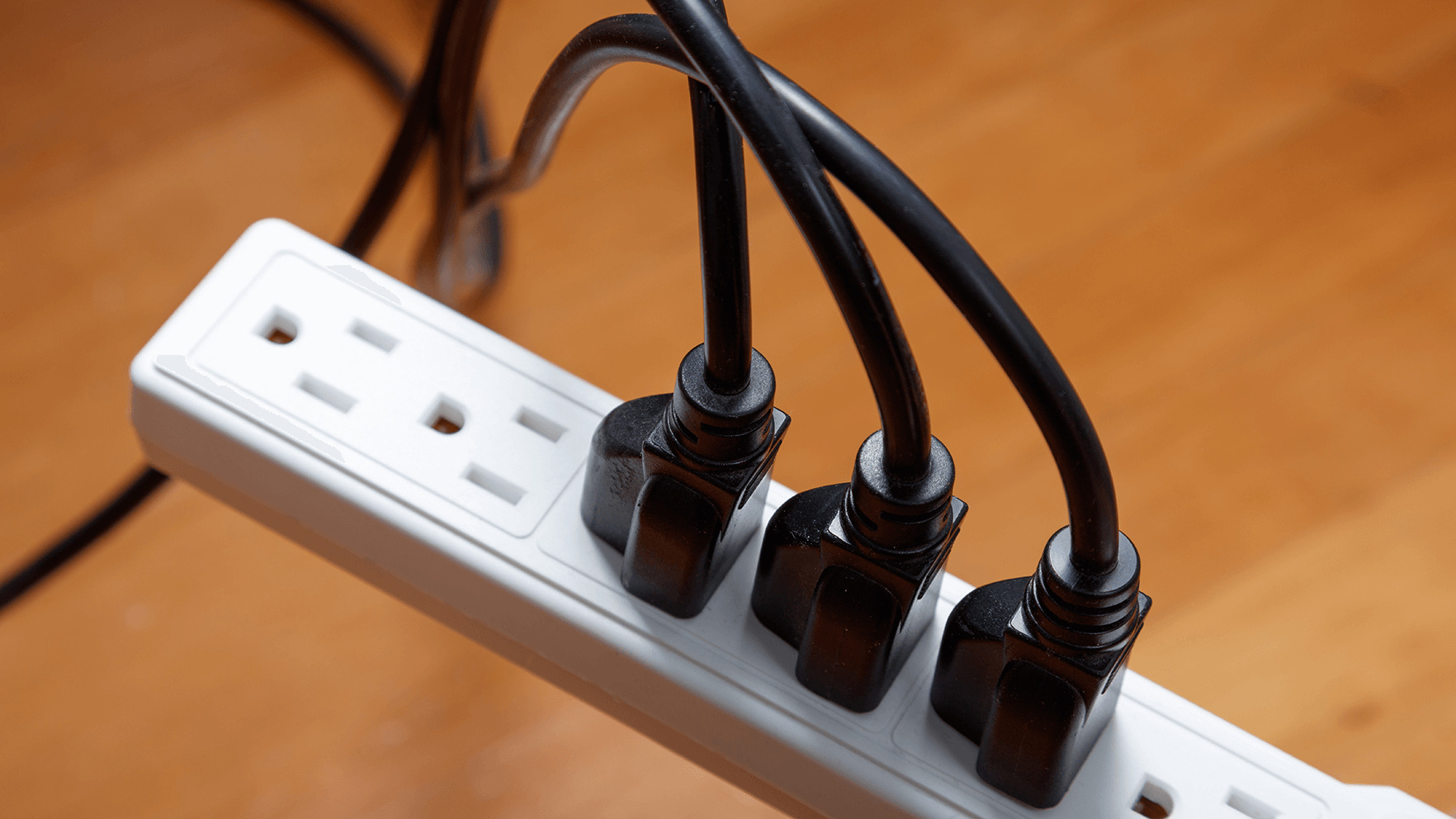
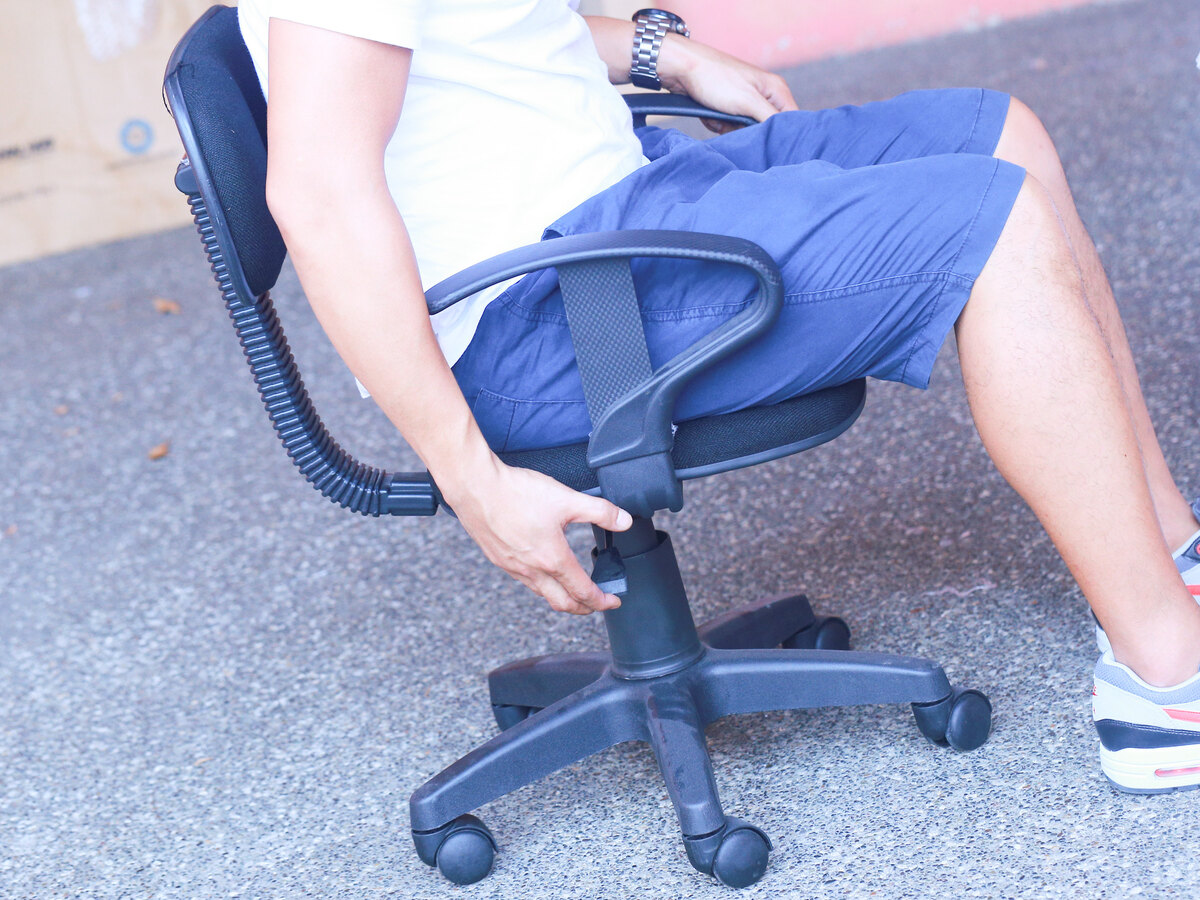
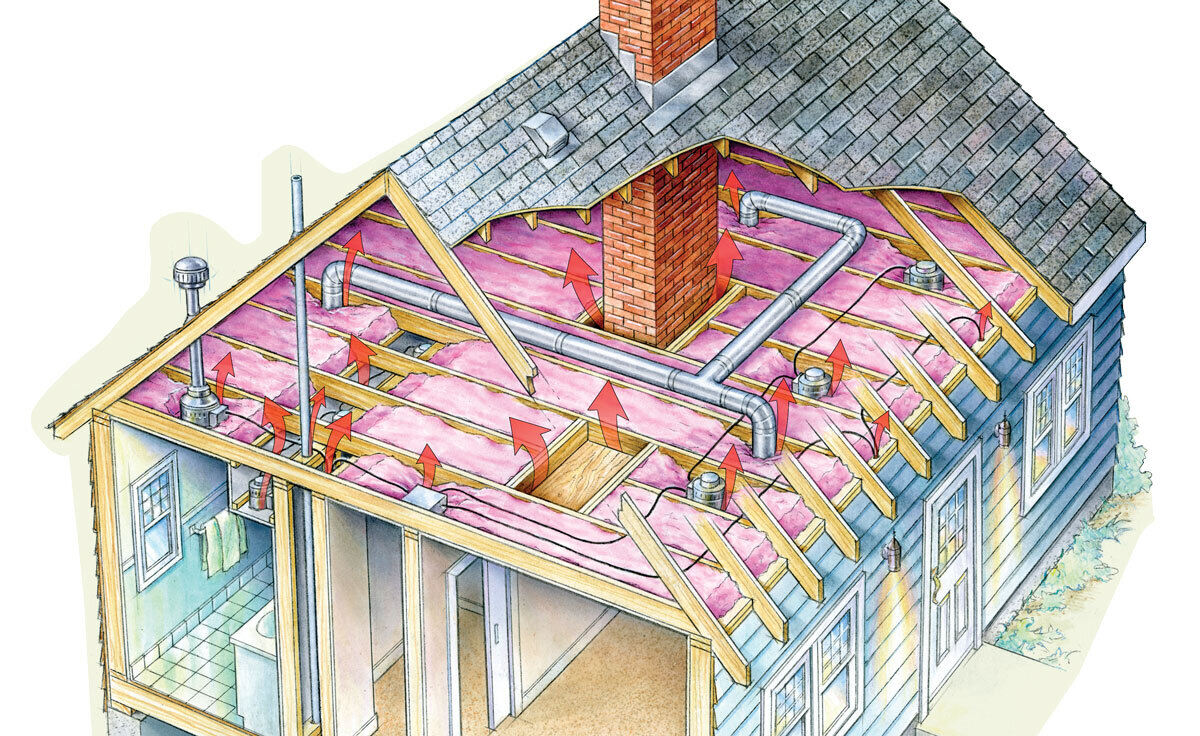
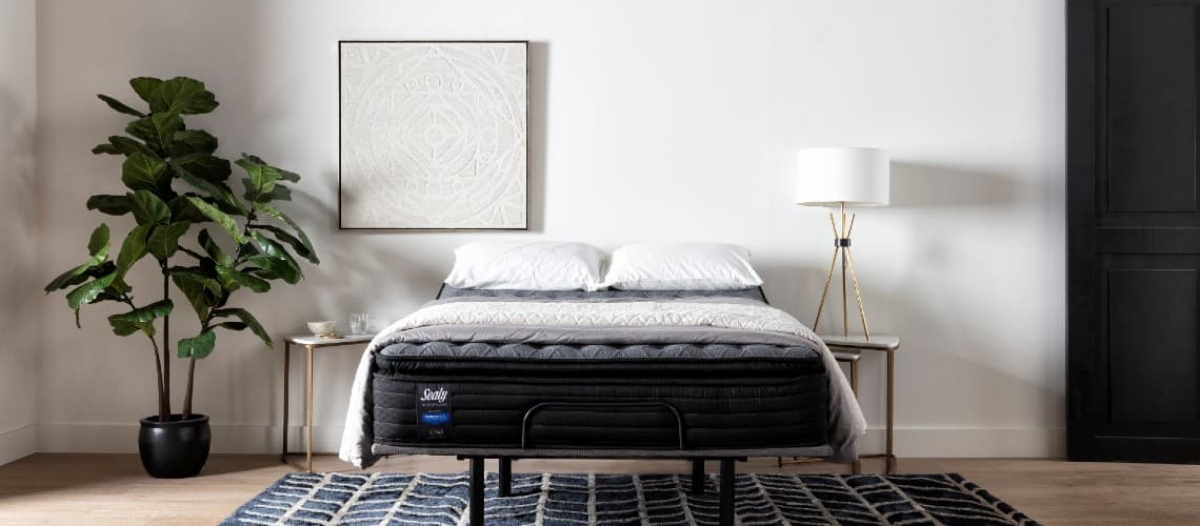

0 thoughts on “Phantom Noises Silencing Squeaky Floors”